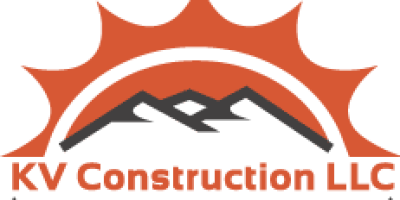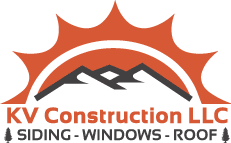Wooden houses are generally vulnerable to weathering due to prolonged exposure to PNW rainy nature. However, homes are made using sturdy, hard-wearing wood.
When considering to build or purchasing a wooden house, various crucial factors to consider. Despite the beauty of living in an eco-friendly setting, one of the primary issues with wooden housing is the extent to which you must go to preserve it from inclement weather. Moisture and humidity may not only slowly deteriorate building materials, but they can also be incredibly harmful to your health by promoting the growth of insects, mold, and fungus.
The causes of excessive humidity in the home
Regardless of how alarming it may sound, there are effective methods of protecting against moisture. However, there are several probable sources of moisture infiltration, including the following:
Heavy rain
Seattle area heavy rain poses a concern because the wooden structure will absorb all of the additional water. This excess water freeze, expand, and create ice in the winter when the temperature dips below zero. The ice will melt as temperatures rise again. This cycle is called freeze-thaw weathering, and it will continue to wreak havoc on your property.
Moisture absorbed by the soil (the proximity of groundwaters)
Moisture on a wooden surface allows dust, fungal spores, and germs to adhere. As a result, if the water remains on the lumber for an extended period, the timber will decay as it grows into a fungal growth zone.
The regions that are most susceptible to adverse weather conditions lack waterproofing. To address this issue, an integrated method is required that safeguards the building’s foundation, walls, and roof. Each component must be completely protected.
Providing protection for walls
Because the walls are the most exposed element of the home to external forces, they are protected against rain and water in phases. For example, the wooden surface can be protected by weatherproofing barrier/membrane and fiber cement siding panels. The suitable weatherproofing membrane for Pacific Northwest we recommend is HardieWrap paper.
Vinyl Siding: The Budget-Friendly Alternative
Vinyl siding is the most common type of siding in North America, and it can be found in homes in all but the harshest climates. It’s a popular choice for low-budget households because it’s inexpensive and straightforward to install.Vinyl siding is watertight because it is constructed of polyvinyl chloride. This home siding does not absorb moisture and dissipates rain readily. On the other hand, Vinyl is more prone to cracking and warping than other materials. Water may readily enter and become stuck after the home siding is broken. If you live in an area that gets a lot of rain and a lot of heat, be aware that a thin vinyl might become damaged and deformed.
Overall, vinyl siding is simple to maintain and typically lasts a long time, but consider that investing a little
more in a higher-quality material will result in a more sturdy exterior that can easily outlast Vinyl.
Siding Made of Fiber Cement: A High-Performance Material
Fiber cement siding for an exterior house is gradually becoming the most popular composite material on the market, and it is trendy for homes in humid regions.
Fiber cement offers several advantages. It’s one of the most rigid materials you can use to side your home, and architects also strongly suggest it for residences in hurricane or storm zones. In terms of Seattle weather, fiber cement such as Hardie plank can withstand everything Mother Nature throws at it. This material is also available in various colors and textures, including imitation wood grain.
Fiber cement is an excellent siding material providing design flexibility, curb appeal, and home reseller value. However, homeowners who like wood siding may find fiber cement unpleasant. Furthermore, fiber cement is highly heavy and can be costly and time-consuming to install.
Western Red Cedar Siding: A Natures Gift
Western Red Cedar siding, especially cedar shake, is a popular choice for homes in humid areas. Unlike some other timbers, Western Red Cedar is naturally water-resistant. Cedar’s distinctive fragrance is attributable to the oils found within the wood. Western Red Cedar has an advantage over other wood species due to oils and tannins. Not to add that it is repulsive to insects, fungi, and deterioration.A home wrapped in Western Red Cedar is charming; nevertheless, if you’re selecting cedar, be aware that care will be a significant concern. Western Red Cedar siding must be thoroughly treated with surface treatments to be fully protected from moisture. You or a professional you hire every few years will need to reapply the surface treatment and reseal it. This can range between 3 and 5 years, but in a moist environment, anticipate it to be considerably closer to 3.
It’s all too easy to disregard the upkeep of a cedar shake house. Forgetting to get your home resealed for a year or so might result in significant damage and costly repairs.
Making the Best Decision
When it comes to water resistance for coastal regions and locations with significant rainfall like Seattle Washington, fiber cement for home siding is unrivaled. Each material has advantages and disadvantages, but fiber cement is the most acceptable option if you want an excellent wood-like exterior that is highly durable and low maintenance.Need a FREE consultation for your home? Contact
KV construction LLC Seattle siding experts
here.


